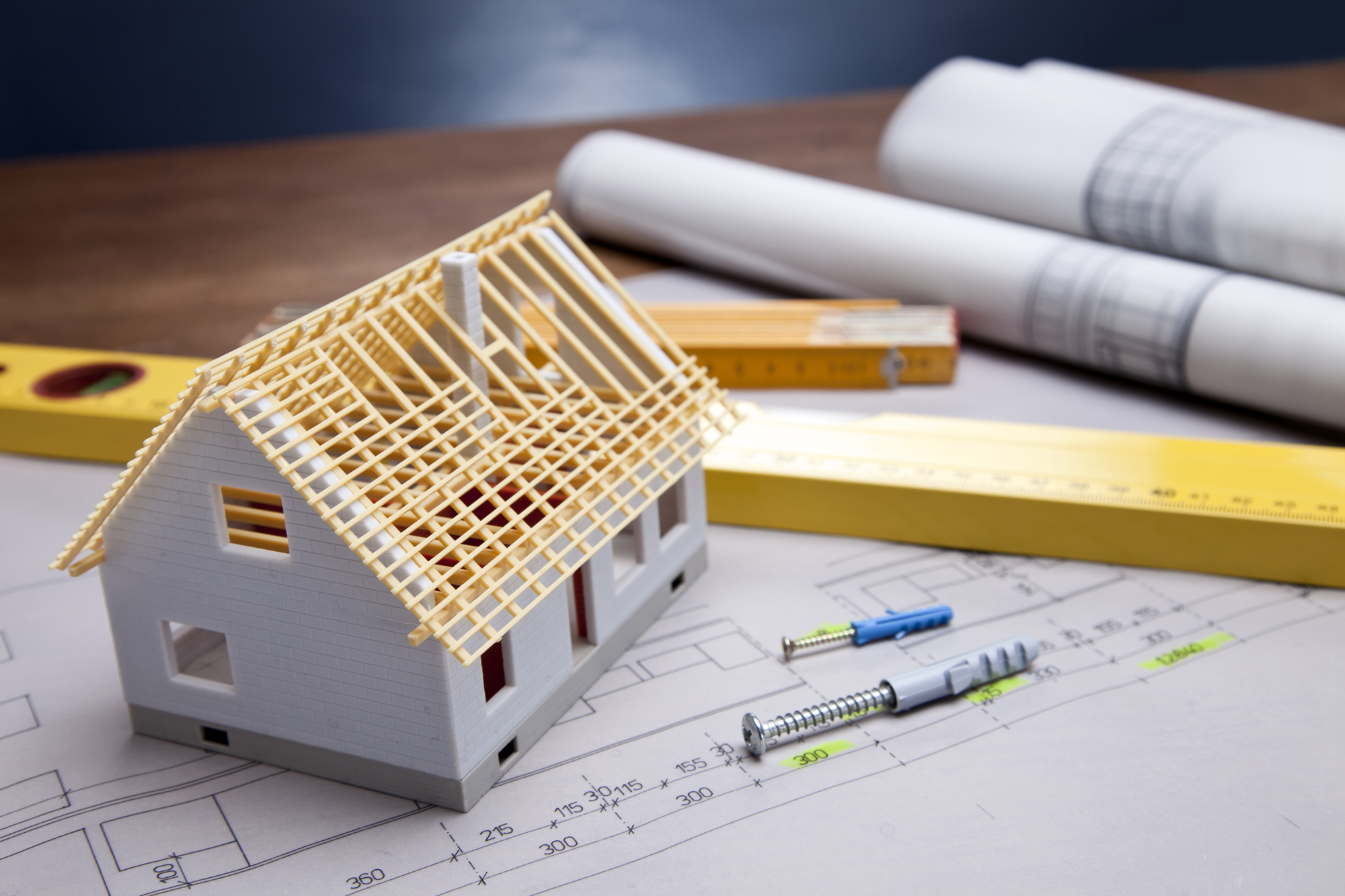Lowering Your Heating Bill
Your heating bill might be one of your most important monthly expenses; it takes a lot of energy to heat a home, especially in the dead of winter. Fortunately, there are a number of easy ways that you can lower your heating bill. That’s a good thing, because a lower heating bill isn’t just good for your wallet – it’s good for the environment. We’ll go through a number of methods to reduce heating costs, from relatively cheap to the more expensive, high-end options; each of them are worth a look, but no matter what your budget, we have heating solutions for you!
Low-To-No Budget Solutions
- Bundle up. You can reduce your heating costs by lowering the temperature on your thermostat, then dressing appropriately. You might be most comfortable wearing a t-shirt around the house, but when the temperature dips, that will mean spending a lot on home heating. Use blankets, sweaters, long-johns, multiple pairs of socks; whatever keeps you toasty! Layer up; you can always take layers off if you get too warm.
- Don’t heat unused rooms. You can close the register in unused rooms; that way, the heat that would go to them will heat other rooms in your home instead. Remember to shut the door to those rooms, in order to keep the rest of your home insulated from the cold; preferably, you should have a method of sealing the room entirely.
- Weatherstrip. Old homes may have no weatherstripping, or worn down weatherstrips; you can increase insulation by buying weatherstrips and installing them yourself. This is a relatively low cost option – per door, you might be looking at less than 20$. It’s also a great DIY project – learn how to install weatherstrips.
- Work out. When you’re feeling particularly cold, don’t reach for the thermostat – reach for the weights! Working out helps you generate a lot of heat, and that will make you feel much more comfortable. Remember, how warm your house is doesn’t matter – what matters is how comfortable you feel, a concept known as thermal comfort.
With these low-to-no budget solutions, it’s important to keep in mind that you’ll only save money if you actually turn down the thermostat. In fact, turning down your thermostat is the best way to save money on heating costs; you can turn it down quite a bit when you’re away from home or asleep, and turn it down a degree or two when you’re awake; you probably won’t even notice a couple of degrees!
Mid-Cost Solutions
These solutions are going to be a little more costly than the ones we talked about above, but none are going to cost you more than a few hundred dollars.
- Programmable Thermostat. Ostensibly, you could do without one of these if you’re really diligent about changing the temperature in your home at the appropriate time. Programmable thermostats are good for those of us who are a bit forgetful. They allow you to set a time frame where the temperature will automatically change. These usually cost between $50-100, but you can always upgrade to a…
- Smart Thermostat. These are closer to the $150-300 range, but they have a number of features that can make them preferable to programmable thermostats. They can give you real time data on how your furnace usage is affecting your energy bill, can adjust the temperature of your home when they notice fluctuations in temperature, and can be modified at a distance using your smartphone.
- Get an energy audit. When you’re lucky, your utility will do this for free, but you might have to hire someone to do it. There might be a specialized energy audit company near you, or your furnace contractor might be able to do one; no matter who you look to hire, check their reviews and call to ask questions about how they’ll audit. Generally, they’ll look for spots that are poorly insulated, and advise you on how to shore up on insulation.
It’s important to note that these tactics all use computer technology to help you be more precise. That said, you can accomplish all three of these things on your own – it just might be a bit less effective. You can feel around for cold spots, and you can record data on your furnace usage – it’ll just take more time.
High-End Solutions
These are the more intricate solutions; they’ll involve replacing old systems in your house, and they can cost thousands of dollars. That said, they’re often the most effective way of reducing heating costs in your home.
- Insulate. Old or inadequate insulation can cause heat to rapidly seep out of your home. The advantages of new insulation are twofold; it’ll keep your home warmer in the winter and cooler in the summer. Energy Star estimates that proper insulation can save up to 10% on home energy costs per year, quickly paying for itself. Insulating your home can mean new insulation in the attic, and it will often also involve weatherstripping, caulking, and an energy audit.
- Roofing. Your old roof probably isn’t nearly as insulating as you want it to be, and that causes a lot of problems. First, heat will leak out of your home, meaning you’ll need to crank up the thermostat. Second, the leaking heat can cause snow to melt, resulting in ice dams that can cause water damage to your home, and damage to your gutters. Replacing a poorly insulated roof will save you money over time.
- High-efficiency furnace. We’d be remiss if we didn’t bring up the source of your heating, your furnace. You can save a lot on energy costs by getting a better furnace; one of the things you should look at is the annual fuel utilization efficiency (AFUE), which describes how much of the fuel used is turned into useful heat for your home. The higher the AFUE, the more savings you’ll have on energy each year, because your furnace will need to use less energy. The only exception to this rule is electric furnaces; they have an almost 100% AFUE, because there’s no fuel being burned to generate heat, but electricity produces less heat than gas furnaces, so they can still end up costing more.
Hopefully, these tips have given you a good idea about how you can lower your heating costs, no matter what your budget is. We’re posting this now, in the summertime, so you can get all the upgrades done before winter comes around!












